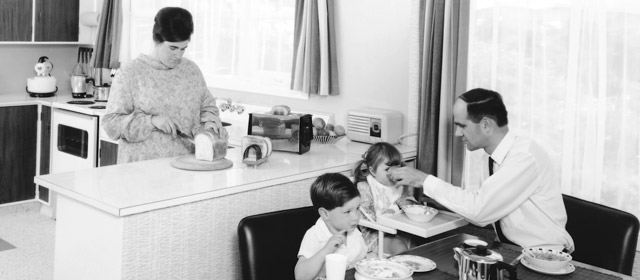Story summary
Colonial times
Before 1840 most Europeans in New Zealand were men – whalers, sealers, adventurers and traders. More women arrived in the 1840s, but they were still a minority. Goldfields and remote areas were often mostly male. Subsidised passages to New Zealand were offered to encourage women to emigrate. Families were large, with six or more children.
Voters and mothers
In the 1880s many women campaigned against the sale of alcohol, and for votes for women. They won the vote in 1893. Government policy encouraged women to be mothers and homemakers, and men to be workers and fathers. At school, girls and boys were taught subjects to prepare them for these roles.
Soldiers and sportsmen
The ideal New Zealand male was seen as physically strong and competitive, yet modest. Men showed these manly virtues in war and on the sports field. In the First World War almost 18,000 New Zealand men died. Men who were soldiers and women who stayed home had very different experiences in the war.
Parallel worlds
In the mid-20th century men and women mostly worked, socialised and were educated with their own sex. Radio programmes and magazines focused on the specific interests of women, or those of men. While single women were often in paid work, the welfare state supported women as mothers and housewives, and men as breadwinners supporting the family. The world of paid work was mostly seen as a men’s world. Men had a much wider range of jobs and higher pay than women.
War and suburbia
Over 200,000 men and 10,000 women served in the armed forces in the Second World War. Women were always in non-combat positions. Many women took part in the New Zealand labour force, sometimes in jobs normally done by men. After the war large numbers of people married and settled down in the suburbs. Women raised children and looked after homes, while men worked full-time.
Social change
In the 1960s clothing changed. Some men grew longer hair and women wore miniskirts. The women’s liberation movement challenged many aspects of women’s position in society. More women joined the paid workforce, and the contraceptive pill gave women better control over their fertility. Some men felt limited by the stereotype of the strong, silent New Zealand male.
In the early 21st century men and women had far more in common than in earlier times. However, men continued to earn more than women, and women still did much of the housework and childcare.





